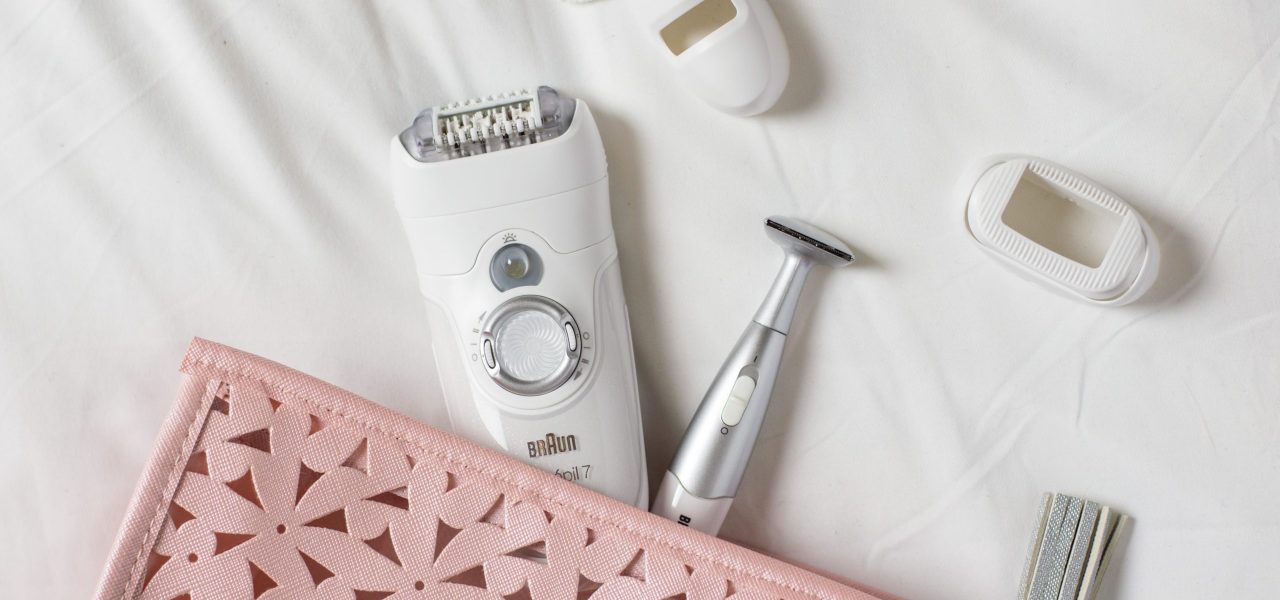Steps for Building Your Ultimate Men’s Grooming Set
Building your ultimate grooming set is like setting yourself up

Shaving sensitive areas can be a challenging task that requires proper techniques and tools to ensure a smooth and irritation-free experience. Whether you’re a man or a woman, dealing with discomfort, razor burns, and ingrown hairs can be frustrating. However, with the right knowledge and approach, you can achieve excellent results. In this comprehensive guide, we will provide you with step-by-step instructions to help you shave your sensitive parts effectively and safely.
Sensitive areas of the body, such as the pubic region, require extra care due to their delicate nature. The skin in these areas is thinner and more prone to irritation, cuts, and razor burns. Additionally, the high density of nerve endings can make the shaving process uncomfortable if not done correctly. Therefore, it’s crucial to adopt the right techniques and use suitable products to minimise the risks and achieve the desired results.
Before you begin the shaving process, it’s essential to prepare your skin adequately. Follow these steps to ensure optimal results:
Using scissors or clippers, trim your hair as short as possible. This step makes the actual shaving process easier and less painful.
Exfoliating your skin with a gentle scrub helps remove dead skin cells and prevent ingrown hairs. By doing this, you create a smoother surface for shaving and reduce the chances of irritation.
Taking a warm shower or soaking in a bathtub for at least 10 minutes softens the hair and opens up your pores. This step prepares your skin for a more comfortable and closer shave.
Apply a high-quality shaving cream or gel specifically designed for sensitive skin. Look for products with natural ingredients and soothing properties to protect and nourish your skin during the shaving process.
When it comes to shaving your sensitive parts, the right technique can make a significant difference in your experience. Here are some effective techniques to consider:
Shaving with the direction of hair growth, also known as shaving with the grain, reduces the risk of irritation and razor burns. This technique ensures a smoother shave while minimising discomfort.
Using short, controlled strokes with your razor allows you to maintain better precision and reduces the chances of cuts or nicks. Avoid using long, sweeping strokes, as they can increase the risk of accidents.
While shaving, it’s important to keep your skin as relaxed as possible. Avoid stretching the skin, as this can lead to cuts and skin irritation. Instead, work gently and let the razor glide over the contours of your body naturally.
Rinsing your razor regularly during the shaving process helps prevent clogs and ensures a smoother shave. Clearing the blade of excess hair and shaving cream residue improves the overall performance of your razor.
After completing the shaving process, taking proper care of your skin is crucial to prevent irritation and ingrown hairs. Follow these steps for effective aftercare:
Rinse your freshly shaved skin with cold water to help close the pores and reduce the risk of infection. Cold water also provides a refreshing sensation and soothes the skin.
Apply a moisturiser to keep the skin hydrated and supple
Shaving sensitive parts can be a challenge, but with the right preparation, techniques, and aftercare, you can achieve a smooth and irritation-free experience. Always prioritize using products specifically designed for sensitive skin and follow the recommended steps for preparation, shaving techniques, and post-shave care.
Frequently Asked Questions:
If you experience razor burns, soothe your skin by applying aloe vera gel or a moisturizer. You can also use a cold compress to reduce inflammation and discomfort.
The frequency of shaving sensitive parts depends on your hair growth and personal preference. Some individuals choose to shave every day, while others opt for once a week. Find a routine that works best for you.
Look for razors with multiple blades and a lubricating strip, as they provide a smoother glide and minimize irritation. Electric razors can also be a suitable option for those with sensitive skin.
Shaving against the grain can give you a closer shave, but it also increases the risk of irritation and ingrown hairs. It is generally recommended to shave with the grain or across it instead.
To prevent ingrown hairs, regularly exfoliate your skin to remove dead skin cells, shave in the direction of hair growth, and avoid wearing tight clothing that can cause friction and irritation.
In conclusion, by following the comprehensive guide provided in this article, you can achieve a smooth and irritation-free shaving experience for your sensitive parts. Remember to prioritise proper preparation, use the right techniques, and take care of your skin during the post-shave process. By incorporating these practices into your routine, you can enjoy a comfortable and effective shaving experience.


Building your ultimate grooming set is like setting yourself up
A shaving brush bowl is more than just a neat
Copyright © 2022 Identity Productions t/a Pure Shave – London • Cookie Policy • Privacy Policy